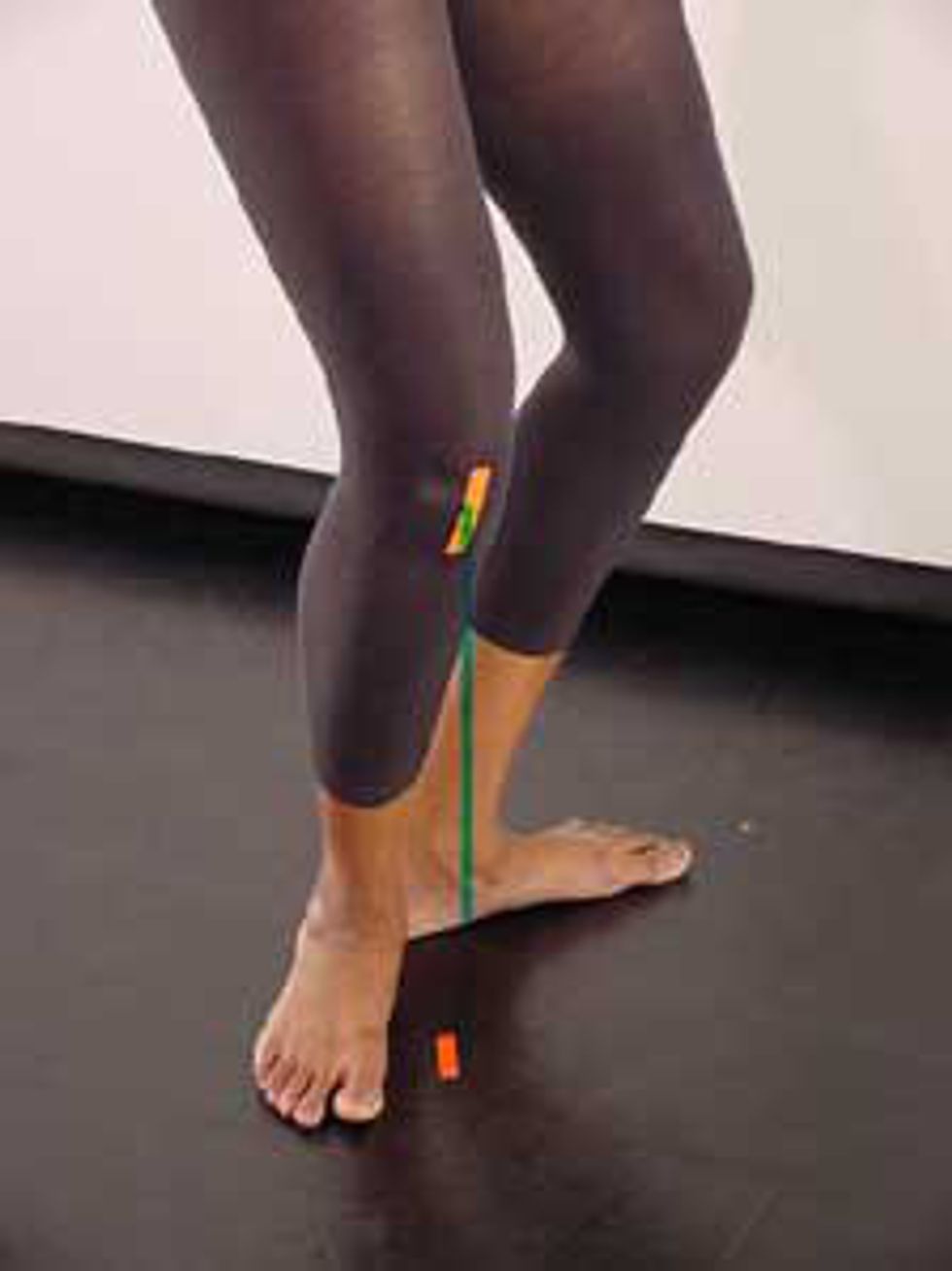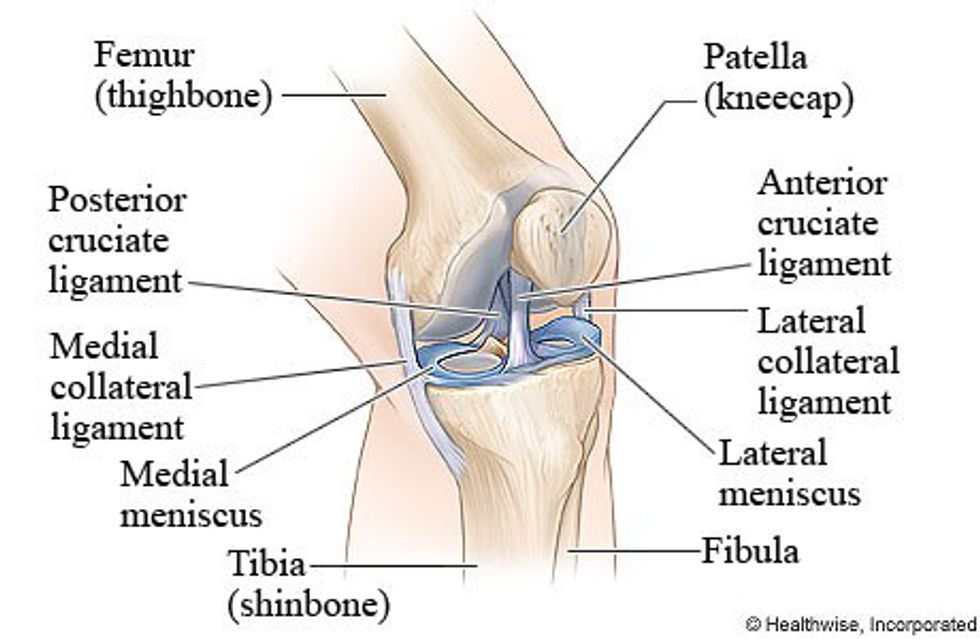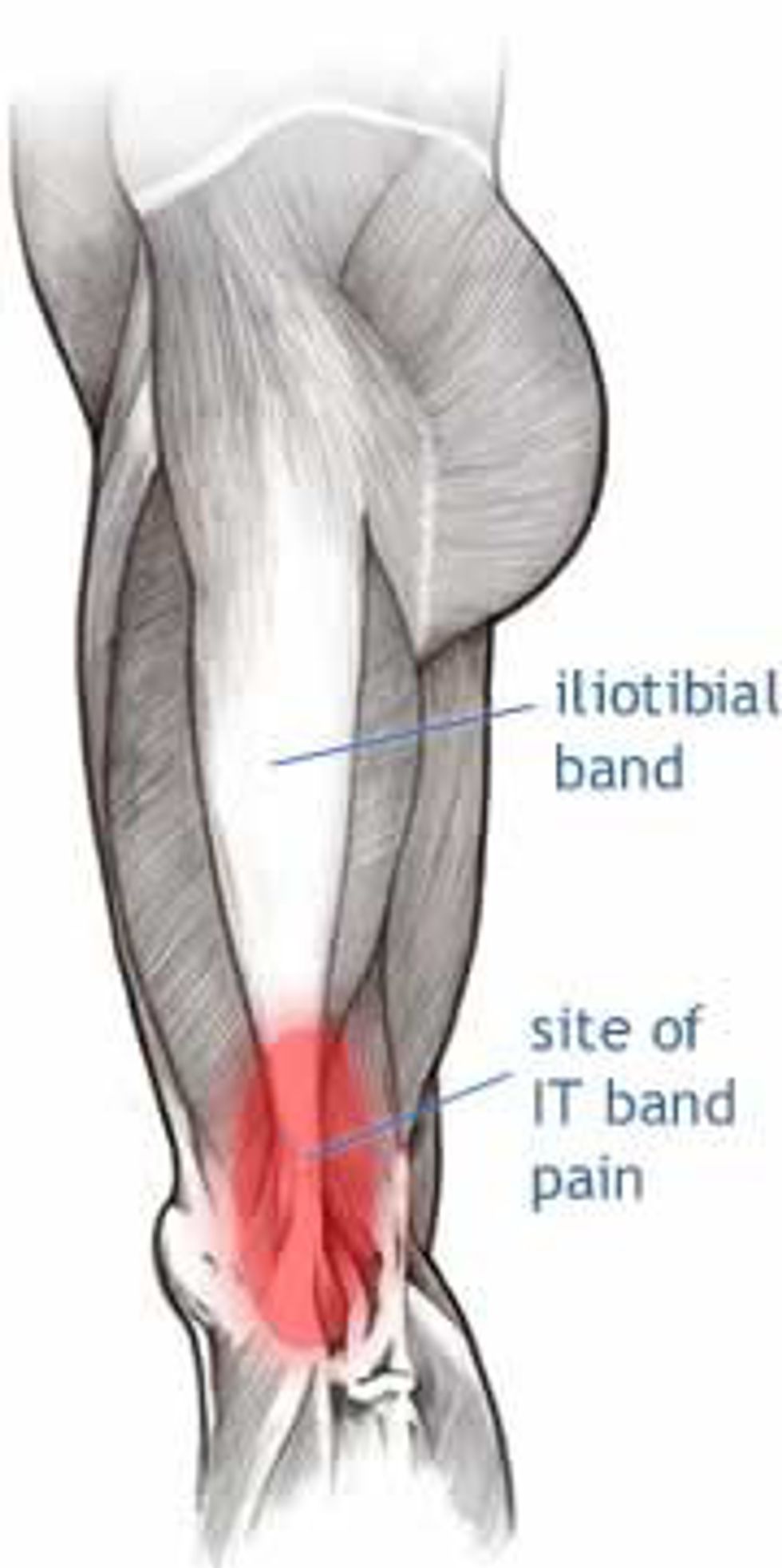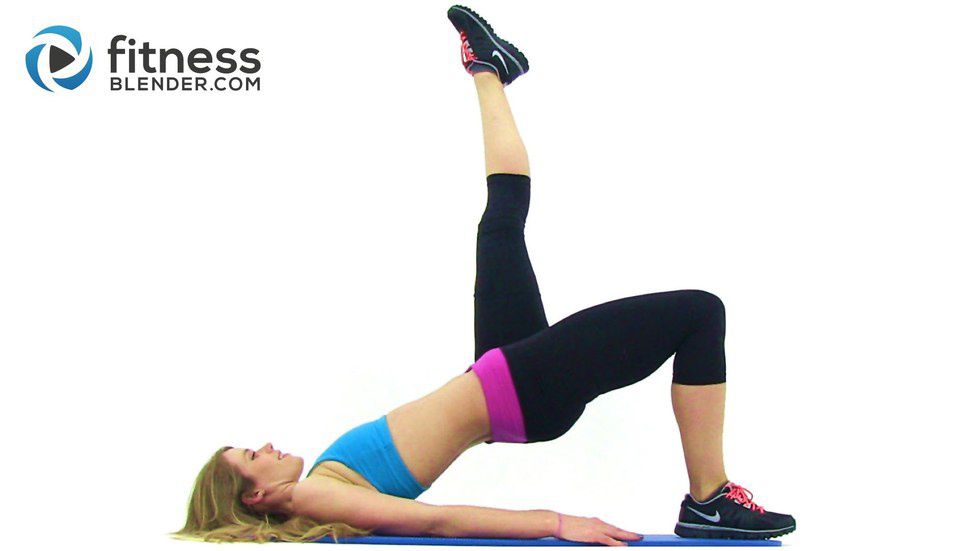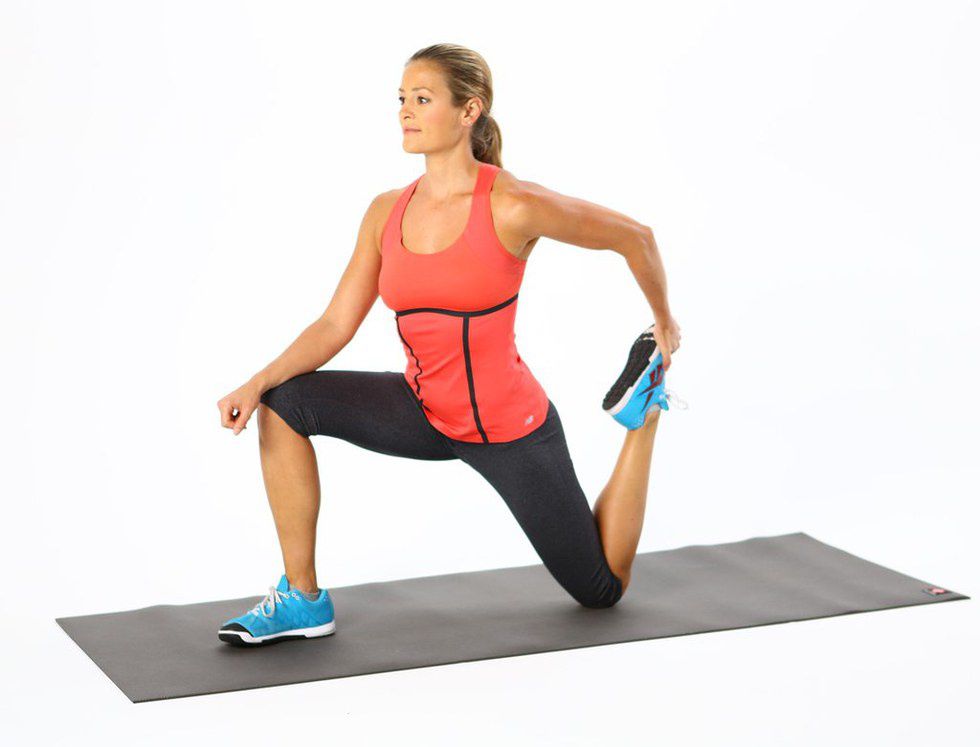If dancers are not trained properly or form bad habits, it is very likely that injuries will occur. There are several things that can cause knee injuries, other injuries and there are also multiple ways to strengthen the injured areas.
Causes of Injury
Knee injuries can result from a simple, improper plié. If a dancer does not turn out from the hips, but rather turns out from the feet, this can result.
Knees must stay over the toes when taking a demi or grande plié.
Another cause of knee injuries are weak quadriceps and/or hamstrings. Weak muscles around the knee can cause extra strain on the tendons and ligaments around and supporting the knee and knee cap. Also, overuse can cause irritation and pain.
Anatomy of the Knee
The knee joint consists of three bones: the femur (thigh bone), the patella (knee cap) and the tibia (larger bone in your shin). These three bones are held together by ligaments and the muscles are attached to them by tendons. In the knee, there are four very important ligaments: the ACL, PCL, MCL and LCL. The ACL, or anterior cruciate ligament, is the most commonly injured. Also, the knee has two mensci or disks that are between the two main bones, which are the femur and tibia. There is also a lot of cartilage within the knee.
Lastly, connecting to the knee at the lateral epicondyle of the tibia, going up the thigh and attaching to the hip is the IT band. It often causes pain on the outside of the knee. Often in dancers or runners, this tendon becomes a problem. Sometimes, dancers who cannot straighten their knees all the way have a tight IT band. Unfortunately, due to the strength and size of this muscle stretching or massaging it does not help much. Resting is always a great option for injury, however, that is not always a great option for someone who can't stay away from dancing. Increasing strength in the quadriceps and hips is a more secure and long-lasting option. Cross training is always great for any sort of sport.
Strengthening
The key to pain free knees is strengthening the rest of the legs and hips. The quadriceps can be strengthened by working on the stair stepper or by doing squats. Again, make sure the knees go directly over the toes to avoid injury of the knees or ankles. The hips can be strengthened by doing exercises that can help with turn out. Hamstrings can be strengthened by doing kicks. For these kicks, feet and legs can remain parallel to avoid strain or pressure on the knees. The image below is also a great hamstring workout. Make sure to keep the hips, knees and feet in line and stabilized while also keeping the hips even. Start with both feet flat on the ground and the back rested. Then, slowly lift the pelvis and when comfortable, slowly lift a leg, then repeat with the other leg.
Using a Bosu Ball, or half of a workout ball with one flat side, can help increase strength in all of the muscles in the ankles and knees. This is great for strengthening your core as well as improving balance. Stand on the ball barefoot with arms out to the side to stabilize yourself. Once comfortable, try lifting a leg into passé or out to 45 degrees.
Stretching
Make sure to always stretch before and after working out your muscles. Tight quadriceps or hamstrings can also lead to pain. To stretch your quad, stand holding onto something. Bend one knee up and grab the foot with your hand. To increase the stretch, take the knee a little behind you.
A runner's lunge is a great stretch for the front of the hip. Bending the back leg can increase intensity and allow a stretch of the quad. Keeping the front knee in line with your toes is also important to not put stress on your knee.
For hamstrings, lay on your back. Start with hugging your knee into your chest. Then stretch the leg up to the ceiling and stretch down towards the floor. Be sure to keep the leg in line with your nose. You may also attach a Thera Band or partner with a stretching assistant to help pull your foot down farther.
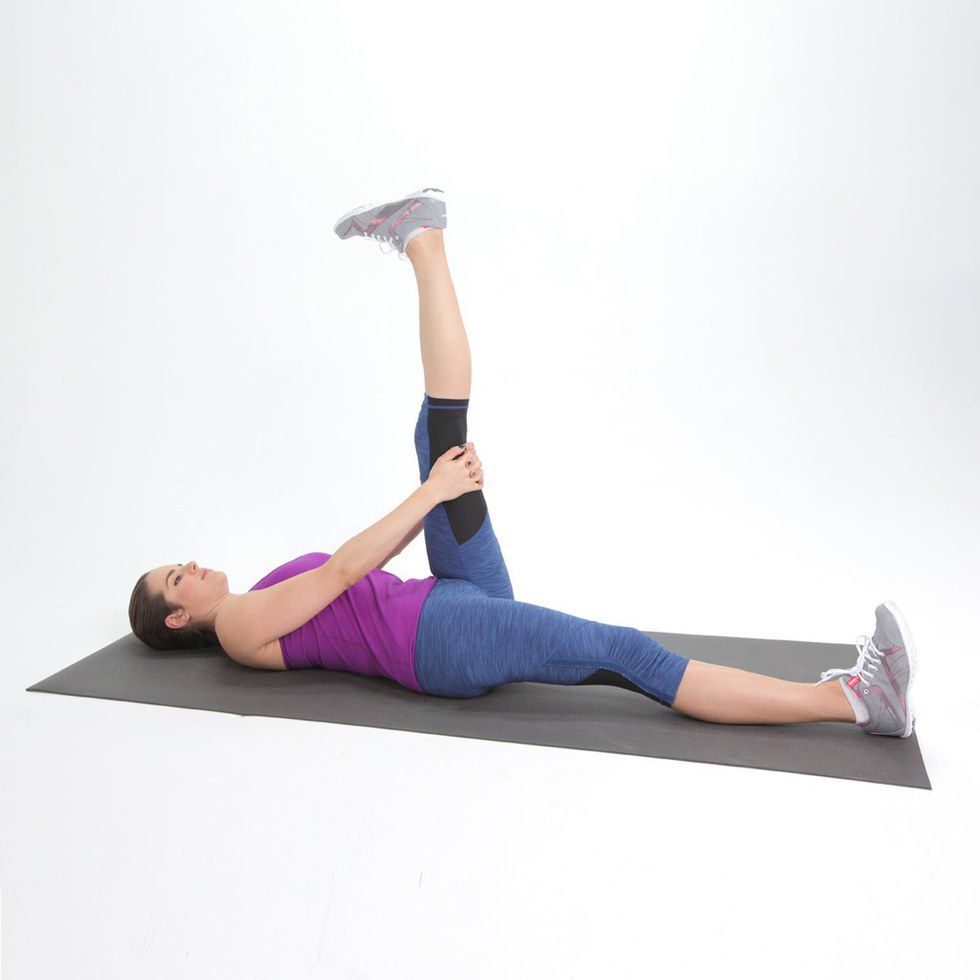
Please leave comments or questions below. Thank you!




